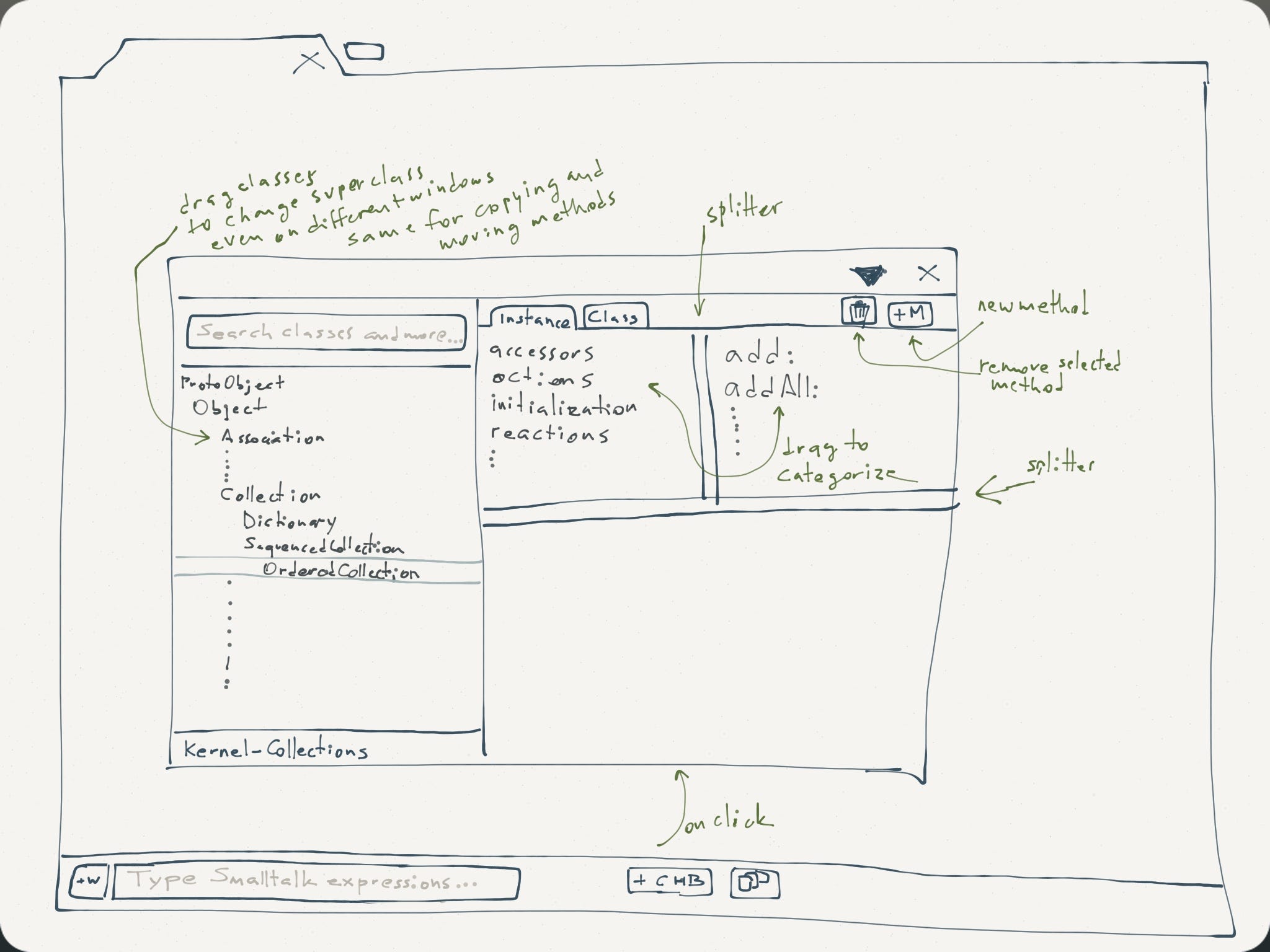Keeping the engines running, understandably, demands attention and energy into maintaining the statu quo. A defence of the current state.
Things that go under the hood, the engines that keeps things moving reliably and performing well, they usually demand tighter error margins in all its parts. The people that takes care of the engine need to be selective and rigorous to keep the system producing value.
Backends’ internal parts comes to mind.
Think DevOps. Think about DBA's and sysadmins and all the backend’s gatekeepers curating its reliability. In a strike of rigour, they will happily pospone progress and innovation if things doesn't fit. The profile here is being conservative to only allow what preserves the system’s current production of value.
Now let’s see things from the other side.
In order to create better User Experiences you usually need to go in the exact opposite direction.
A more accepting User Interface is a less rigorous and less selective interface. In other words, an interface that can be used by a more diverse audience. One that is usable by many people with many different forms to see and experience the world.
Finding one, can, in theory, happen by accident or in semi-random attempts, but it's more interesting to think in what could happen if you have a bunch of folks intentionally pursuing that goal. What if they do that systematically?
They can raise the chances of getting there just because believing that they can makes them to pay more attention to detect when they have produced something that resonates with a wider audience.
If they find the thing that works for more people, those guys go from naïve experimenters to startup founders to change makers to hight-impact entrepreneurs.
The Lean Startup method is trying to help on that.
Any product they will try to build, will intentionally be closer to the Robustness Principle.
In computing, the robustness principle, or Postel’s Law, is a general design guideline for software:
Be conservative in what you do, be liberal in what you accept from others (often reworded as “Be conservative in what you send, be liberal in what you accept”).
This is really hard to do because it points the self-criticism (rigor) to oneself and intentionally deescalates the rigor and demands on others. This is usually the exact opposite of what the forces of the Ego ask you to do. The Ego will distract you from that because is basically a self-serving endpoint that neutralises network value creation.
And here is the strategic opportunity:
Because is really hard to do, most people is simply not even willing to try so there is way less competition in that direction.
Because being more accepting and generous to others usually connects people (and that raises the value of the network).
Because is easier to distribute a product in a market if you know how to seduce it and generosity is the right start for that goal.
The Separation of Concerns between frontend and backend allows specialists to do their bests in each domain negotiating a sweet spot in this spectrum of tension between being more accepting vs. more selective.
Fullstack developers resolves this as inner-conflicts.
And the way to level up the value for everybody in anything being made, is by constantly exposing the big picture so those specialists don’t get lost in micro-compartmentalized details that might easily diverge from a better future. When the specialists converge into something meaningful they can do something that people can believe in. When they are doing the thing, they can drive their energy inspiration and passion to it, instead of maintaining the statu quo by just doing the job.




